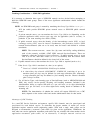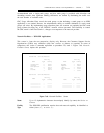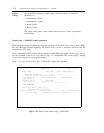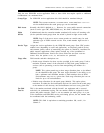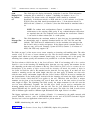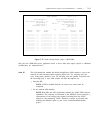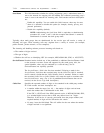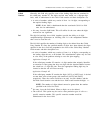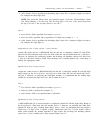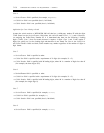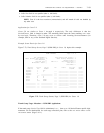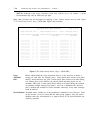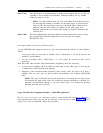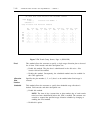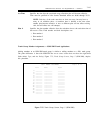
7-136
ADMINISTRATION OPTIONS AND REQUIREMENTS — GENERIC 1
Insert
The digits inserted before the Called Party Number IE. This specifies the digits
prepended to the front of the remaining digits after any (optional) digit deletion has
been performed. The resultant number formed from digit deletion/insertion is used
to route the call, providing that night service is not in effect. Field encodes and
their descriptions are:
●
●
A series of numbers, which may consists of from 1 to 16 digits.
N
O entry, leave the field blank. This will suffice for the case where no digits are
to be inserted.
Per Call
SID/ANI
Specifies if and how to request SID or ANI for this particular type of
Service/Feature. Field encodes and their descriptions are:
No entry, leave the field blank (default). Specifies that the switch will not
request either SID or ANI for any of these types of calls after call delivery. Use
no entry when the network is provisioned to always send SID/ANI with call
setup.
●
●
●
●
●
●
ANI-only
ANI-pref — but will accept SID
SID-only
SID-pref — but will accept ANI
None — same as blank
Night Serv
Permits the administration of a particular night service extension for each row in the
table. This entry will override the night service administered for the whole trunk
group (on page 1 of the
TRUNK GROUP screen). Field encodes and their descriptions
are:
●
●
●
An extension number
The attendant
No entry, leave the field blank (default). This will not override night service for
the whole trunk group.
The
TRUNK FEATURES screen (Page 2 of 11) may have more than one entry for the same
Service/Feature. Frequently, multiple entries (per Service/Feature) are used to provide multiple call
routes for that Service/Feature. The route selected will be dependent on the received digits and
specific administration details of the digit manipulation fields. If an incoming call matches more than
one entry, then the most restrictive entry is selected. (This is why it is not CBC specific.)
The following case examples show this point and should clarify how the incoming call handling
software functions in this scenario.
Case 1
●
●
Service/Feature field is specified (for example, mega800).
Called Len field is specified with a requirement of N digits (for example, N = 5).



